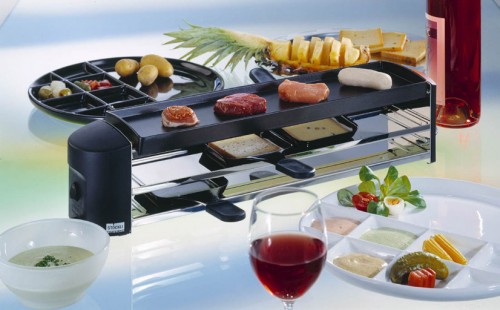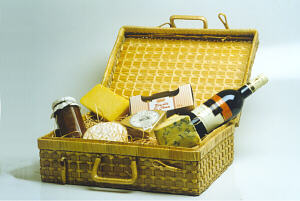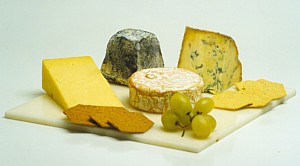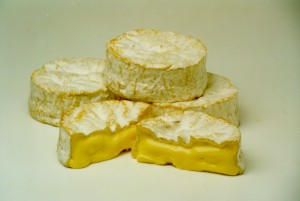 Issue No. 21 - June 2004 |
 |
|||||||||
|
Back Issues: Issue 20 If you came direct to the Cheese Wire and want to visit our main site, click here |
We get a number of questions as to how to store cheese and ensure the quality is maintained. Firstly in each cheese we send out an information sheet is sent on 'How to store your cheese' as well as a cheese card. On the back of this cheese card there is additional information. We recommend a few simple rules:
|
|||||||||
|
To those who know Teddington Cheese we say a farewell to Anne Steer who has been with us for 18 months from the re-launch. We thank her for her loyalty and help during these months. However, we welcome our new Assistant Manager - Justin. |
||||||||||
|
NEW
SWISS RACLETTES & GRILLS
SWISS RACLETTE Brand new Swiss Raclette with 6 coated pans. Grill made of lava stone (excellent heat resistance) and including booklet in English with many recipes. £69.00
CHEESEBOARD GRILL The New Raclette and Grill Feeling comes direct from the makers in Switzerland. It is suitable for 4 people and come with 4 individual non stick grill pans and a hot plate. Suitable for cheese, meat, vegetables etc. £45.00 |
||||||||||
|
A competition for all our customers (new and existing). Please search the website to tell us via e-mail 'How much cheese do we recommend per person for a Cheese and Wine party!. Winner will be drawn from all correct entries on 31st July and will win a Girolle and Tete de Moine cheese (normal price £59.95). |
||||||||||
|
|
|||||||||
|
|
|||||||||
| All articles © www.teddingtoncheese.co.uk | ||||||||||




